If Hideki Kamiya exudes only one style, Goichi Suda exudes 51: let’s discover another irreverent face of Japanese game design
Sure, with Shigeru Miyamoto and Yoshiaki Koizumi as the primary faces of the game design branded Nintendo, the cinematographic innovation of Hideo Kojima and Hironobu Sakaguchi seems almost iconoclastic in comparison: nothing more false, as you saw the day before yesterday with Hideki Kamiya and you will discover today with Goichi Suda. Also called Court51 for a play on words (“Go” is the Japanese pronunciation of five, just as “Ichi” is equivalent to our Japanese one), this designer has been described as the David Lynch of video games. Or the Japanese Quentin Tarantino. More often than not, in his works videogame archetypes come to terms with the deconstruction: or the crude clash with the conventions of harsh reality. Hold on tight: today’s is not a journey, but a trip!
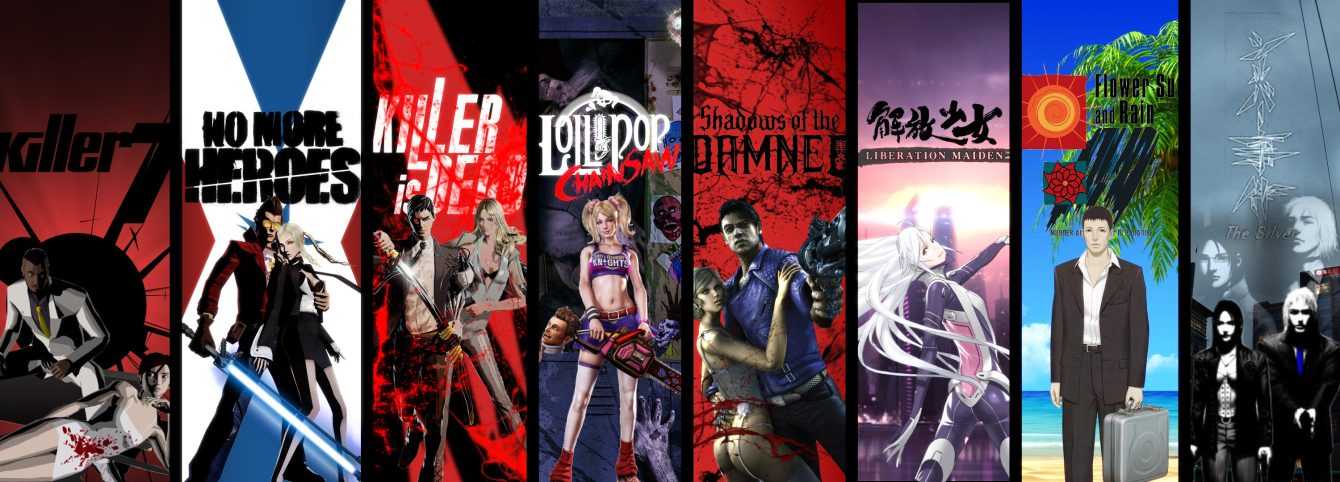
When is it better not to ask | Game design school with Goichi Suda
Born in Ueda in Honshū on January 2, 1968Goichi Suda moved to Tokyo when he came of age, always dreaming of game design. He never talked much about his youth in Nagano Prefecture, but he always hated living there and didn’t have a very healthy relationship with his family. In addition to video games, you have also worked in a ‘funeral home, however dealing more with the floral arrangements for the funeral. Otherwise, he worked as the designer of SEGA’s advertising flyers. With the encouragement of his wife, he focused on the gaming industry: the interview with Atlus was unsuccessful, while Human Entertainment gave him a chance. And it so happens that Human (also known for Clock Tower) gave birth to Fire Pro Wrestling: a type of fight, the one in the ring, for which Suda51 has an eternal passion.
Suda’s mother changed his identity after the divorce. He used to be called Goichi Kobayashi, which was his father’s name. When he was seven years old, he took back his mother’s name, Suda.
— Dreamboum (@Dreamboum) March 9, 2021
Start with a bang | Game design school with Goichi Suda
After being complimented by Human for directing Super Fire Pro Wrestling III in 1993, he was also offered to write the sequel, Super Fire Pro Wresting Special from 1994. A game still known today for its dark plot: the wrestler sacrifices his private life in favor of that in the ring, finding himself having lost everything by a belt. The now infamous finale consists of a simple exterior shot of the house, followed by an unmistakable gunshot. Later, Suda51 deals with the adventures Twilight Syndrome (supernatural horror) and Moonlight Syndrome (psychological horror), while earning fame and controversy for killing the protagonist of the second game. Notice a pattern?
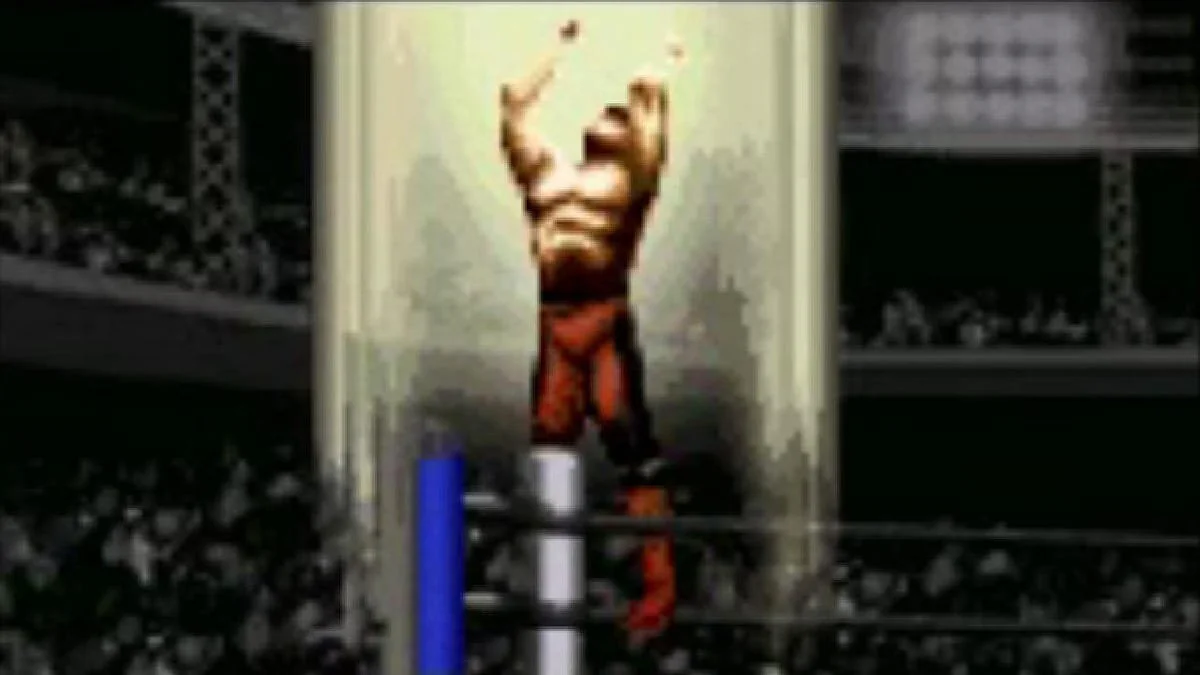
The leap of the cicada | Game design school with Goichi Suda
After leaving Human Entertainment in 1998 (with good reason: the software house would have declared bankruptcy the following year), Suda51 founds Grasshopper Manufacture. The game designer’s solo debut is with The Silver Case on PlayStation, in 1999, with ASCII Entertainment as publisher. Managing Grasshopper has placed the responsibility of paying all of his subordinates on Goichi Suda’s shoulders. After the success of the visual novel, it comes out on PS2 (thanks to Victor Interactive Software, after the forfeit of ASCII) Flower, Sun, and Rain, graphic adventure republished by Grasshopper years later also on Nintendo DS (thus exporting it outside Japan). Also on PS2, the survival horror Michigan: Report from Hell it would become the last project before Capcom gave Suda51 a mainstream stage.
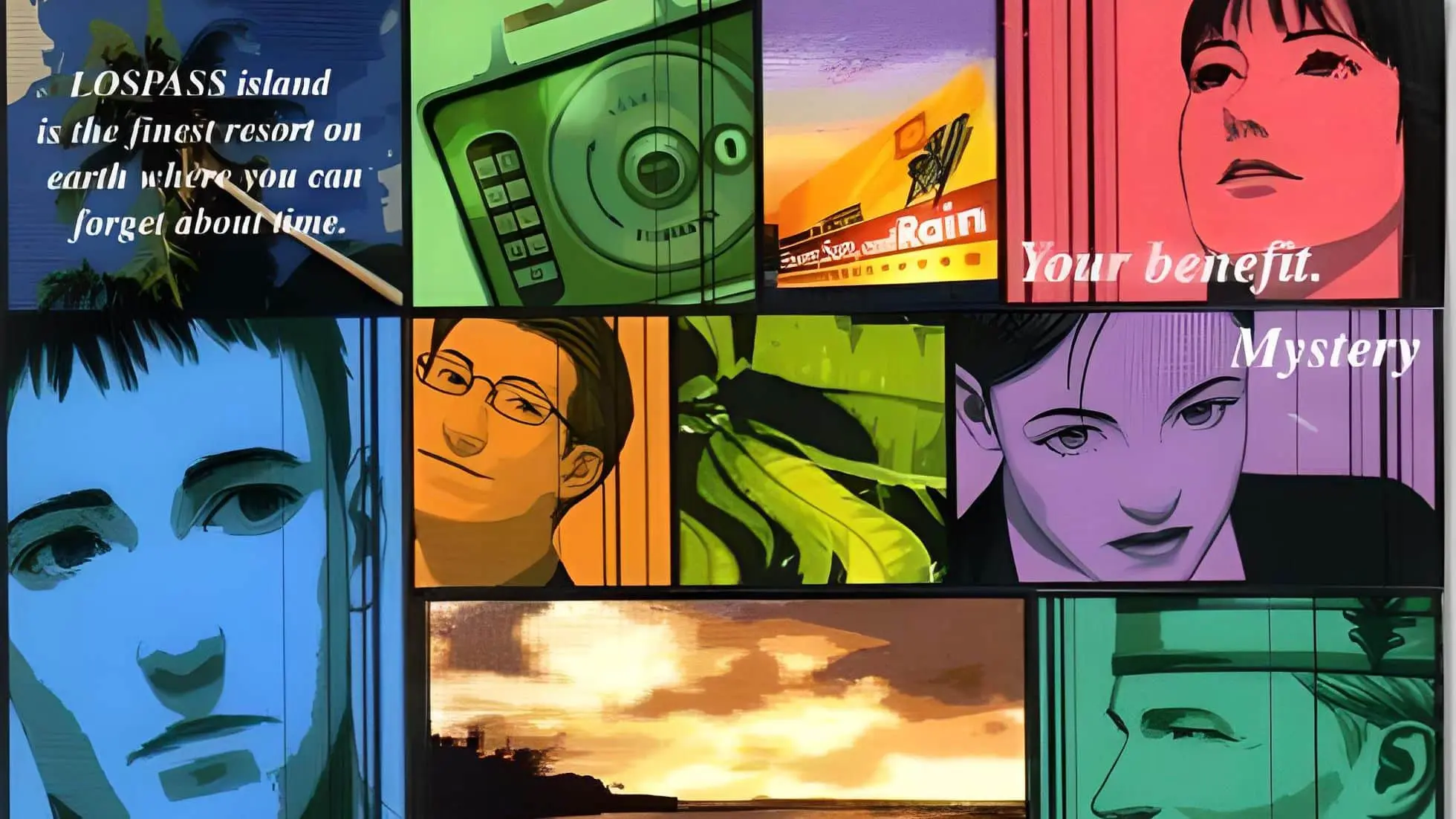
Five “exclusives” and seven killers | Game design school with Goichi Suda
We know very well that, of the Capcom Five, the only game that was actually exclusive to the Nintendo GameCube would have been PN03. However, for one of them Shinji Mikami (whom we spoke briefly with Hideki Kamiya the day before yesterday) wanted to give Goichi Suda White paper: the project, focused on the seven physical manifestations of the mysterious Harman Smith, made the game designer famous even outside the land of the Rising Sun. tell him, Killer7 it doesn’t have particularly revolutionary gameplay ideas: it’s a rail shooter, with first-person shooter elements in the presence of real enemies. Of course, the constant remains deconstruction: subverting player expectations, from the intricate storyline to the deliberately unconventional control scheme.
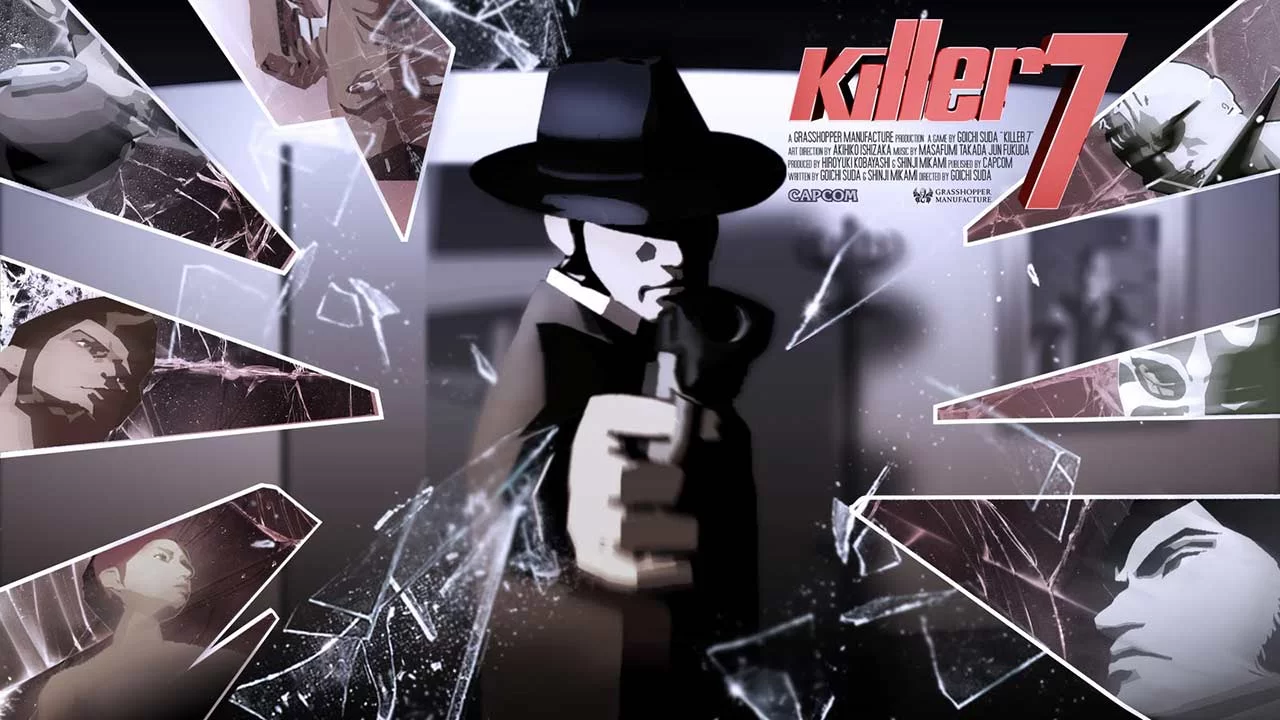
Mobbasta with heroes | Game design school with Goichi Suda
If you want a more in-depth discussion about No More Heroes, we have good news for you: Yours truly reviewed it some time ago. In the great mosaic that is Suda51’s career, however, the game has further corroborated the already considerable fame of the game designer in the West. Born on the Wii, this title owes its initial conception to the fact that Goichi Suda was among the first to know about the hardware. Although it shares themes with Killer7, the story of Travis Touchdown boasts a more light-hearted plot as it fits the context imagined by the visionary creator. True: the primary idea, in terms of gameplay, was to make a good game with a realistic simulation of the sword. But why not also overturn Rockstar’s famous open world by showing half-empty cities, with a loser as the protagonist who finances his delusions of grandeur with humiliating jobs interpreted with deliberately boring mini-games, in the meantime?
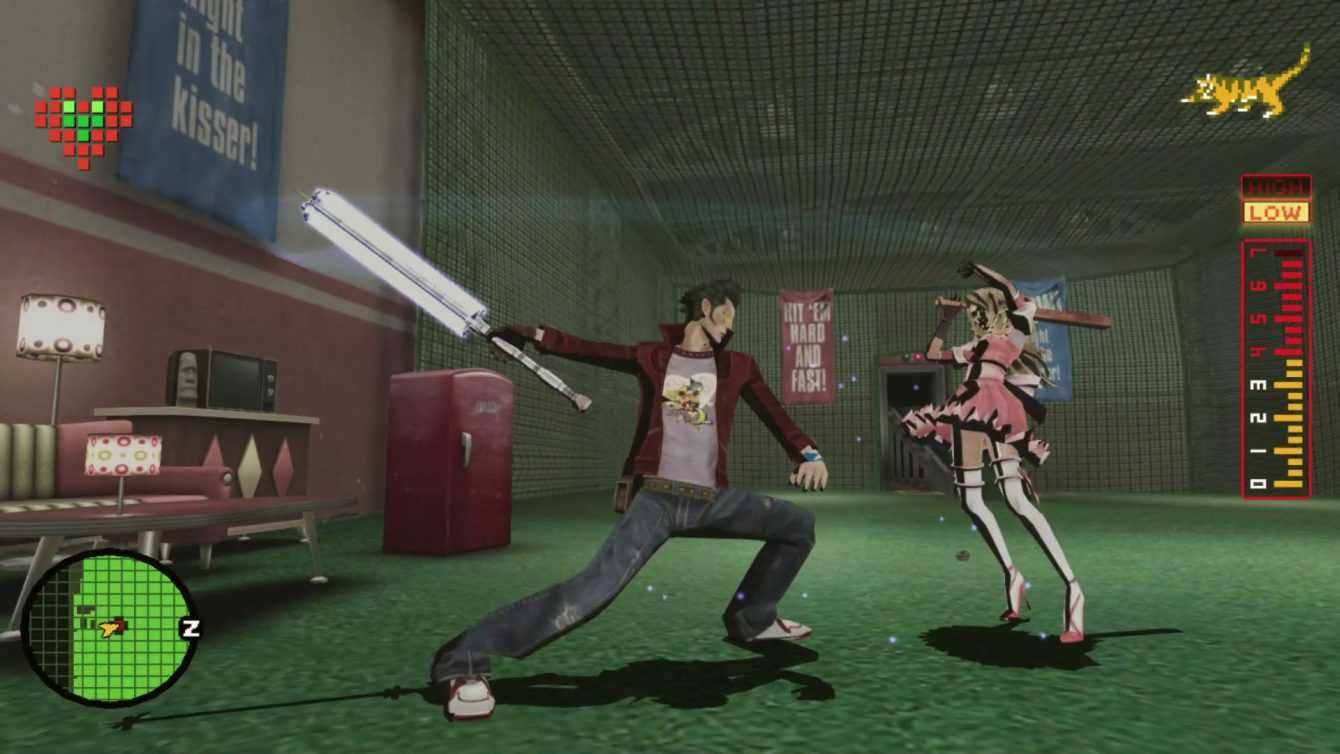
Proxies and delusions | Game design school with Goichi Suda
Afterwards, Suda51 placed in the backseat as supervisor. Not that you notice the difference, as seen in No More Heroes: Desperate Struggle (more straightforward and streamlined in gameplay, but also more subversive in storyline) and the games to follow. With Shinji Mikami creates for Electronic Arts Shadows of the Damned, still known for the blatant sexual innuendos in the presentation trailer (trust me) in which the Mexican demon hunter Garcia Hotspur and his living gun Johnson (years before High on Life!) venture among the demons to save the girl Paula. Fever dreams continue with Lollipop Chainsaw (a chainsaw-wielding cheerleader and her boyfriend’s living head survive a zombie apocalypse; game features input from James Gunn), Black Knight Sword (a metroidvania where the background moves and not the protagonist) e Killer is Dead (a stylish hack and slash, perhaps the most “normal”).
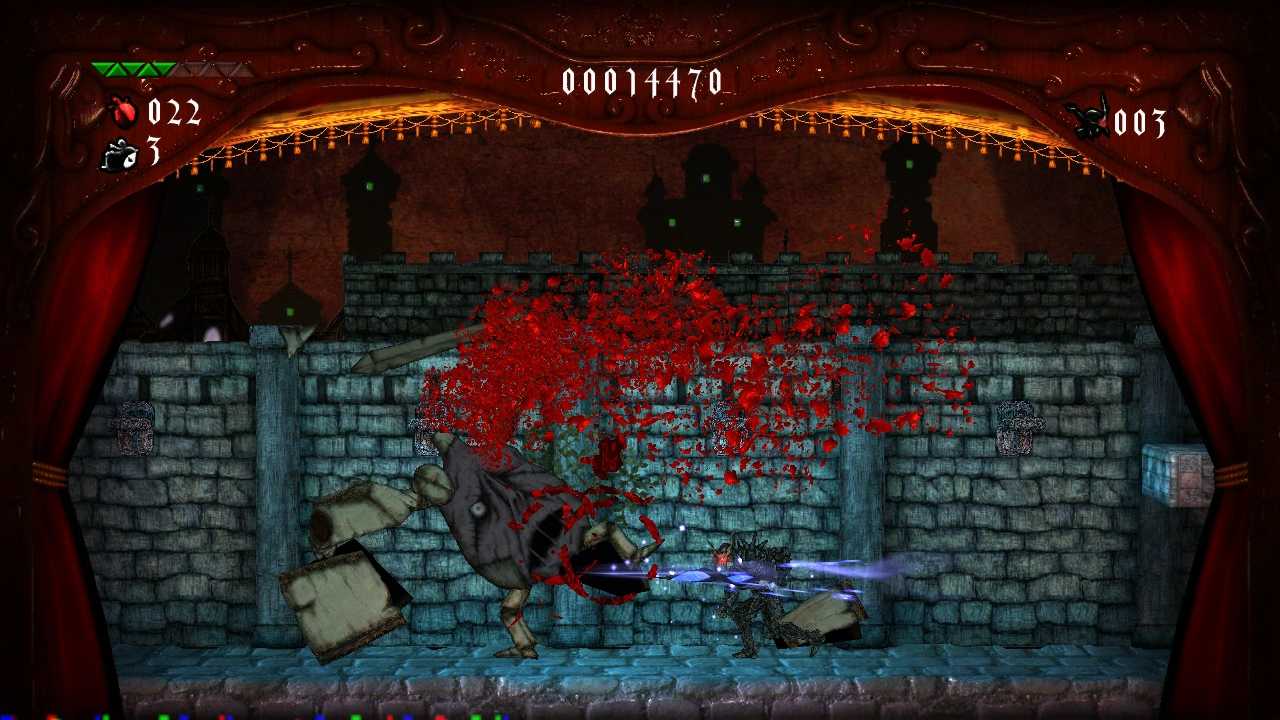
Featuring | Game design school with Goichi Suda
The return to the director’s chair takes place with two episodes of No More Heroes: the semi-indie spinoff Travis Strikes Again and the final chapter No More Heroes III, both currently exclusive to Nintendo Switch. In addition to the flour of his sack, Suda51 has directed for Bandai Namco Blood+: One Night Kiss e Samurai Champloo: Sidetracked. And as we mentioned earlier, he found a kindred spirit in James Gunn in the international co-production of Lollipop Chainsaw. Suda also participated in the compilation Guild01 for Nintendo 3DS, starring Yoot Saito, Yasumi Matsuno and Yoshiyuki Hirai. The title developed by Suda51, Liberation Maiden, was published on the eShop independently. In addition, the game designer also contributed to Fatal Frame: Mask of the Lunar Eclipse (developed as a co-production between Tecmo Koei, Grasshopper and Nintendo). Short films too Short Peaceinspired by the history of Japan, are his work, as well as the radio play Sdatcheradaptation of Snatcher developed with Kojima.
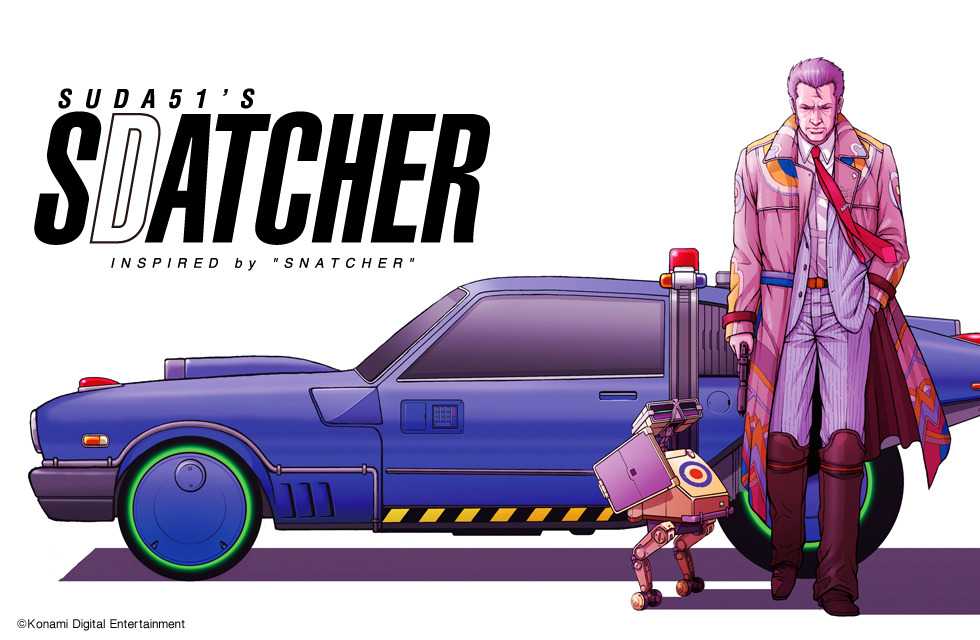
Anarchy take me away | Game design school with Goichi Suda
In his interviews, Suda51 defines “punk” his approach to game design. His aim is to avoid redundancy, preferring instead to question conventions of all kinds as often as possible. His favorite author is Franz Kafka, the German writer known for combining the mundane with the surreal (one above all, The Metamorphosis). Not surprisingly, Shadows of the Damned was born as a Japanese adaptation of The Castle, the author’s unfinished novel (originally titled Kurayami). Similarly, the premise of Lollipop Chainsaw is a loving throwback to Buffy the Vampire Slayer. Popular culture in general plays a major role, such as the musica: there are many references to rock bands, such as the Stranglers and their song… No More Heroes.

Topics | Game design school with Goichi Suda
The coexistence (peaceful or otherwise) of four elements is the perfect recipe for a Suda51 title: humor, dark themes, violence and sexuality. The concept of death imposes a more reasoned context, and it is this that defines many of the playable characters (such as the assassins of No More Heroes and Killer7). In the cast, everyone must have a reason to fight or die; a fixation, this, due to the experience at the funeral home. There sexuality, although present, is never the fulcrum of an experience: Suda wants to avoid being predominantly associated with this. Also there criminal psychology is put under the microscope: a recurring theme is that of people in conflict with each other over equally valid opinions.
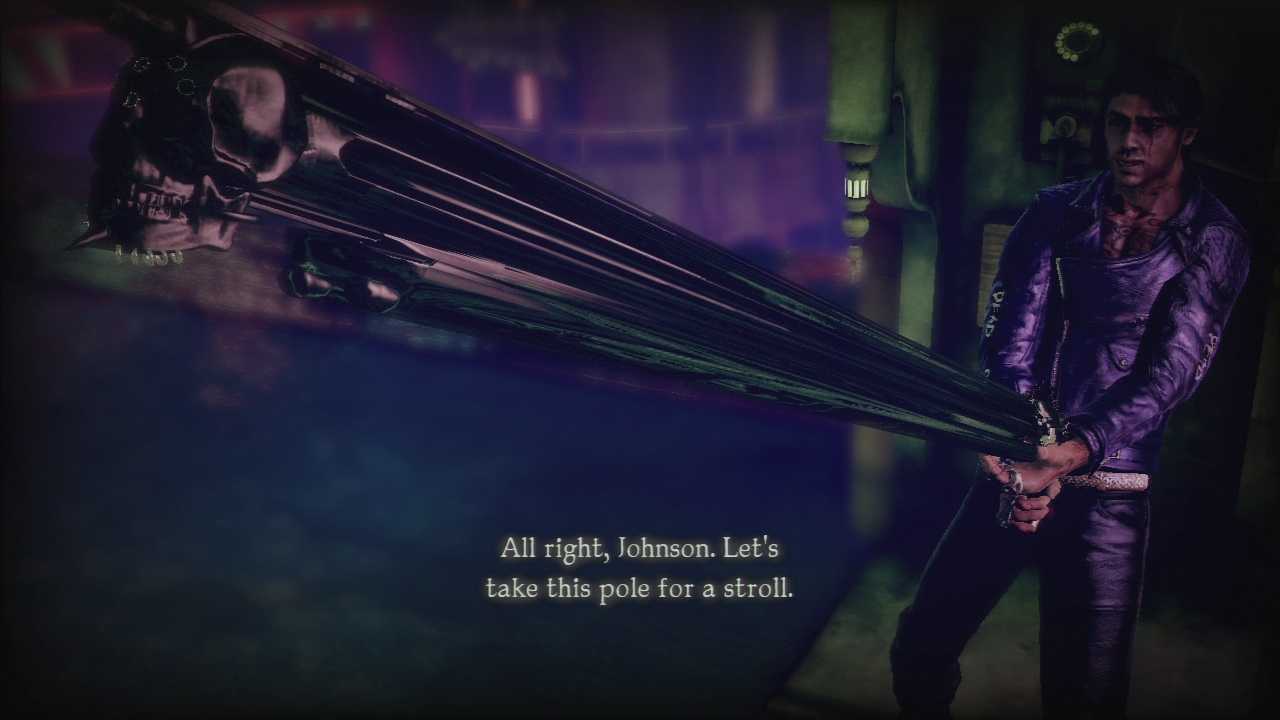
Other recurring items | Game design school with Goichi Suda
The aesthetics of fighter Mexicans is another Suda51 evergreen. Ironically, despite certain overwhelming issues he faces, the game designer hate horror, which is why in Moonlight Syndrome he brought the experience closer to the more normal dictates of the thriller. Despite this, the severed heads they pop up quite often. Expect quotes a Batman more often than not, as well as occasionally fragmentary dialogue. The concept of shared universe, made cinematically mainstream by the Marvel Studios films, is a common element for several titles. Finally, it is possible that some buildings have bizarre nameslike the Typhoon apartments by The Silver Case or the Celtic condominium by Killer7.
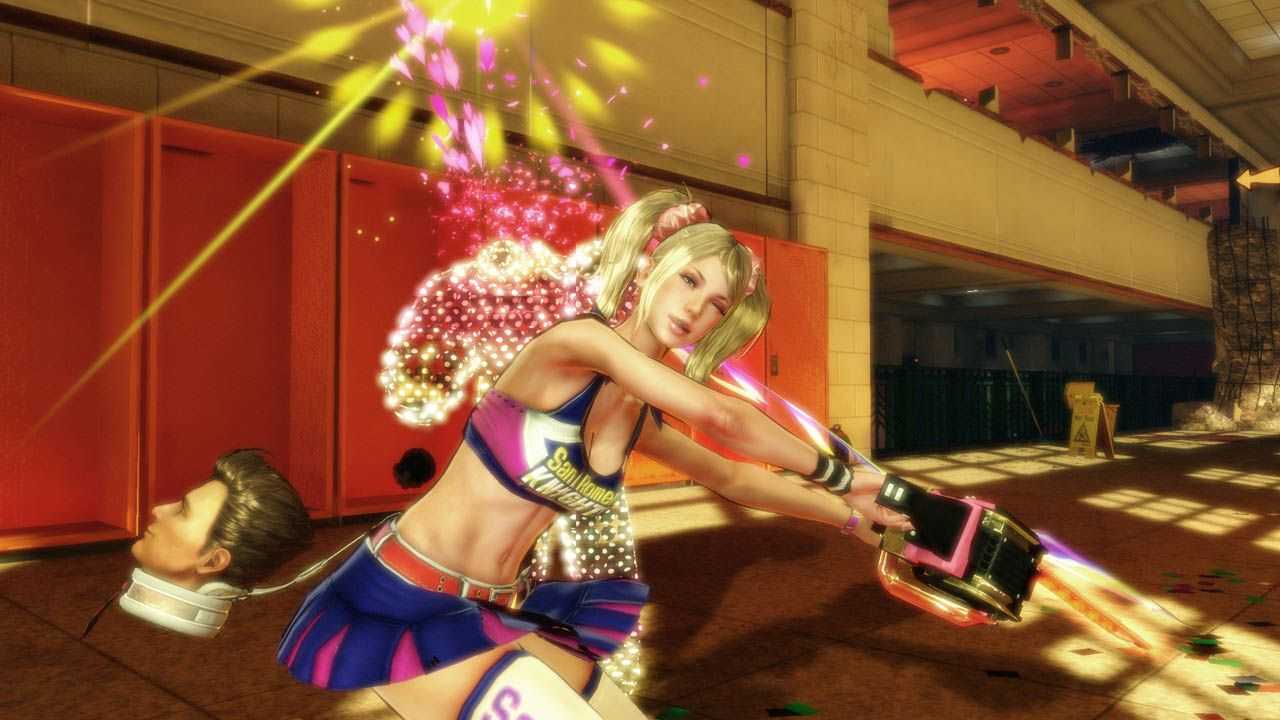
Genius and wildness
We talked about subversive authors in our previous episodes dedicated to game design, but we hadn’t seen such an openly iconoclastic verve before we talked about Goichi Suda. It is the obligatory stop on the path of every art form: with the ideas of the pioneers come those who question them automatically. It’s about competition; it’s up to you to decide if only on a commercial level or also (and, hopefully, above all) artistically. Comparing ideas inevitably leads every environment to evolve. Gaming is no different. The feedback is what we owe new narrative inventions to, and where the latter do not arrive, concepts will come with which to revolutionize the gameplay instead. And innovation, over time, becomes tradition. A multicolored canvas of varietywhich makes the gaming world a potential paradise for everyone.
Now it’s up to you to tell us yours: if we told you that we dedicated thirty guides to his latest game, could you tell us who we’ll be talking about next week? Let us know below, and as always, don’t forget to stay on techgameworld.com for all the most important news for gamers and more. For your…













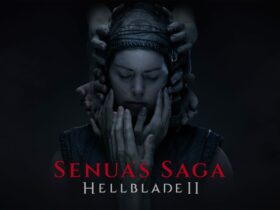
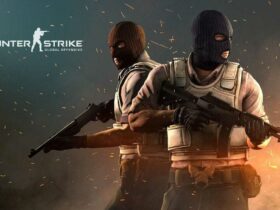
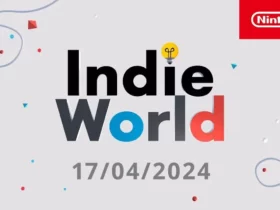
Leave a Reply
View Comments